A Theory of Money – Introduction Concept
The Characteristics of Modern Money

by Jürg Conzett
Money in the form known to us today did not always and everywhere exist. Even when money came into existence – as coins, for example –, for a long time it did not resemble the money we know nowadays.
It only became money with the transition to the 17th century. In the countries of the Western part of Europe, a special development led to the modification of the earlier use of money to the present use of money. It is modified inasmuch as money no longer plays a part on the fringe of economic activity but takes the leading part instead. This results in a fundamental change, both of the economic activities in general and the money that is involved.
Originating from Europe and later also from America, this kind of money has now spread throughout the world.
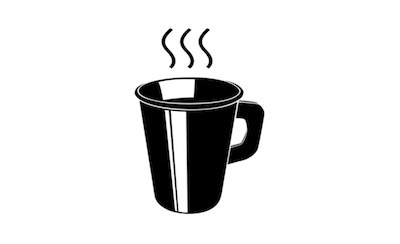
-
Money is pure barter: the means to buy other things. Money has the function to be exchanged for something that is not money. As a general rule, everything in the world, every object, every activity, every real thing can be bought – and, in exchange for money, become a good. Money is only money if and as long as some of the mentioned goods can be bought with it. Money, with which nothing of that kind can be bought, would not be money.
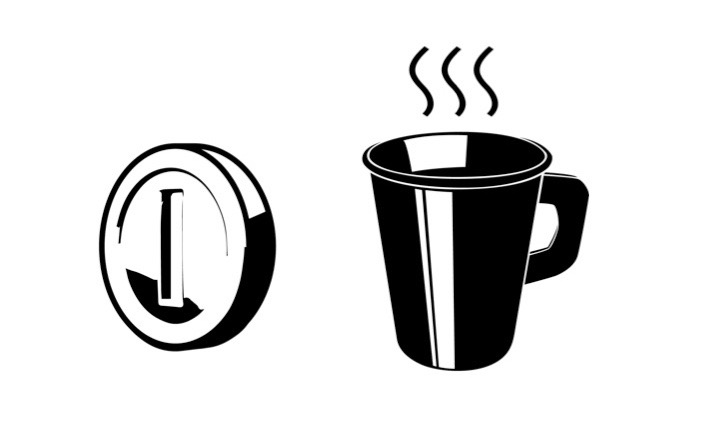
-
Money is pure exchange value: the value with which something of value can be bought. Money is the value we pay for a good of equal value. Money quantifies the value of goods – their exchange value. During a purchase, the value of a good is equaled with the value of the money for which it is sold.
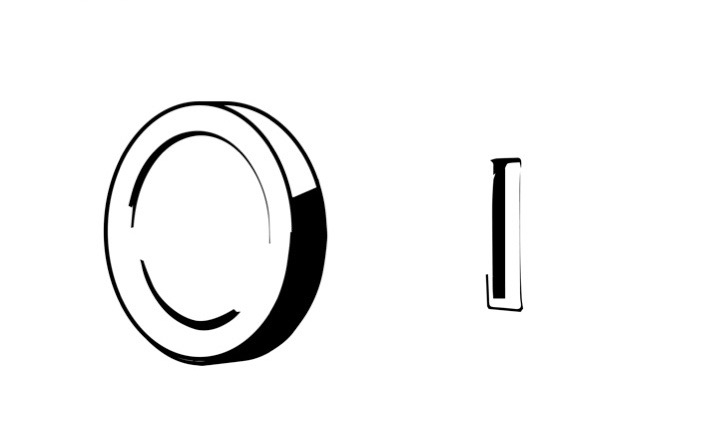
-
Money is an amount without substance. Money can consist of something, while its value consists of nothing. Money can be visible and tangible, exist as coin or currency note, but not necessarily: the lion share of the money is kept on accounts. The figure on an account simply testifies to the existence of a certain amount of money, and this amount per se exists only through this testimony. The value of money derives from its exchange function.
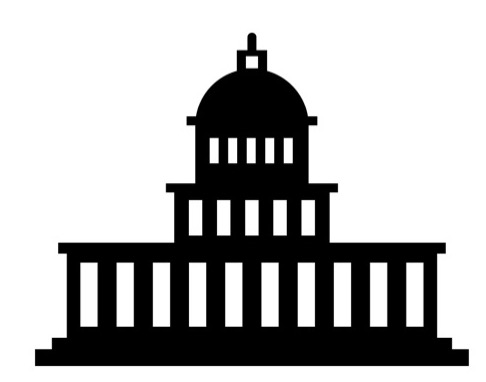
-
Money needs power. Money becomes money through power. As amount of nothing, money needs a power which asserts that this amount counts for something. This power are the states. States create money as currency, prohibit any money creation that is not subject to their control, and stipulate that the so-created money has to be used. With their power, states force people to acknowledge money as power: as the power to buy goods – thus purchasing power.
______________________
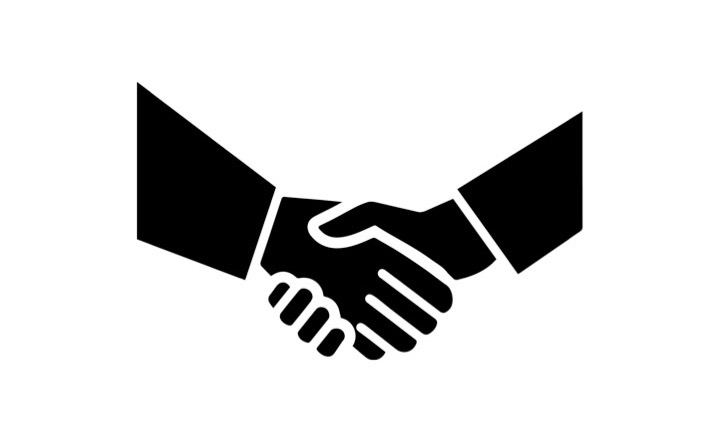
-
Money solely functions between people. Always and without exception, money is used for payment by people. We use money to pay for something, but always to another person. That a good has a price always means that people demand this payment from other people. Money requires that people generally hold the ownership of the things they and others need – in a way that is becomes unavailable to others.
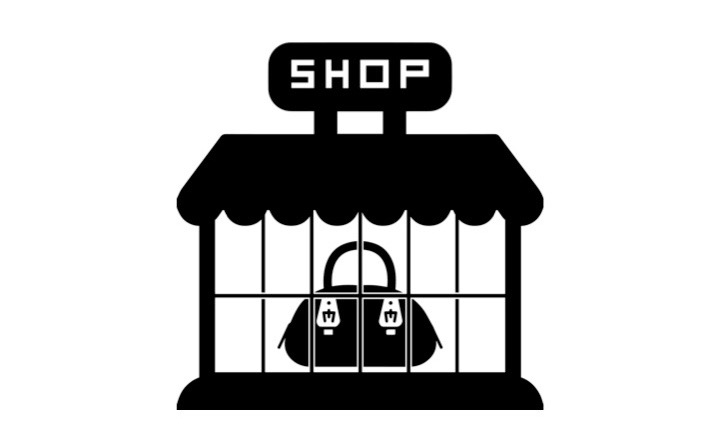
-
Money means the exclusion of other people. Money excludes people from what they need, so that they have to buy it. Money requires this exclusion: as a general rule, those people who do not or cannot pay money for the goods that can be purchased, are excluded from these. This means: to this end, all goods in the world – as far as possible – are withdrawn from the use by people. That is why only the goods which find a buyer find a use – someone who pays and is in the position to pay money for these. Goods that find no such buyer remain beyond the use of other people: they are destroyed.
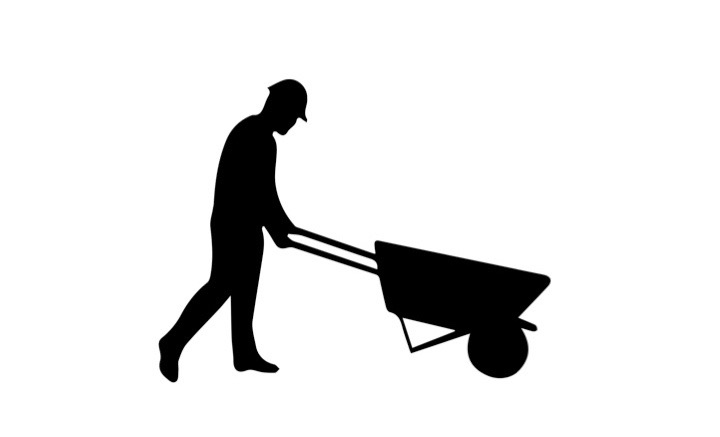
-
Money is power, the power to control the work of others. Money makes people achieve something for which other people pay money. Today we are mainly living on the things we have to buy, which we can only get for money. For that purpose, we, too, have to come into money. To come into money, everybody must sell something to others: generally, this is something he achieves or produces, or – in rare cases – something from his possessions. In return for money, we usually get the work or performance of other people. Through money, people have a claim on people.
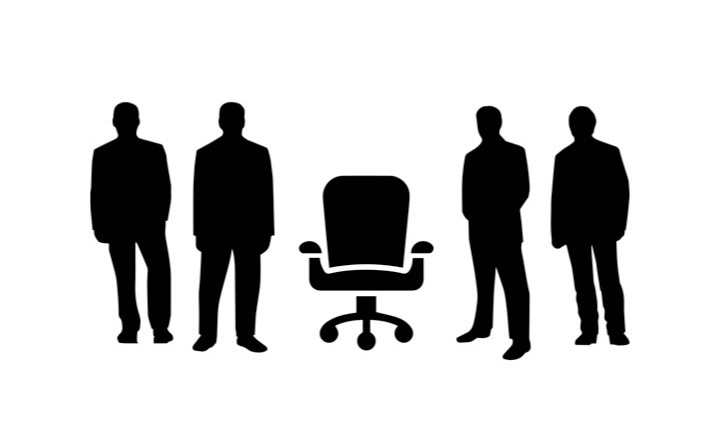
-
Money requires the competition for money. Since everybody is in need to get money from others, everybody has to compete for money. Everybody can get money only from others, and to everybody applies that he has to try to get it from others: money, thus the same as everybody else. Offering what he can and for which he tries to get money, everybody therefore is in constant competition with the others – unless he is the sole supplier. Ultimately, states and whole blocs compete with each other.
______________________
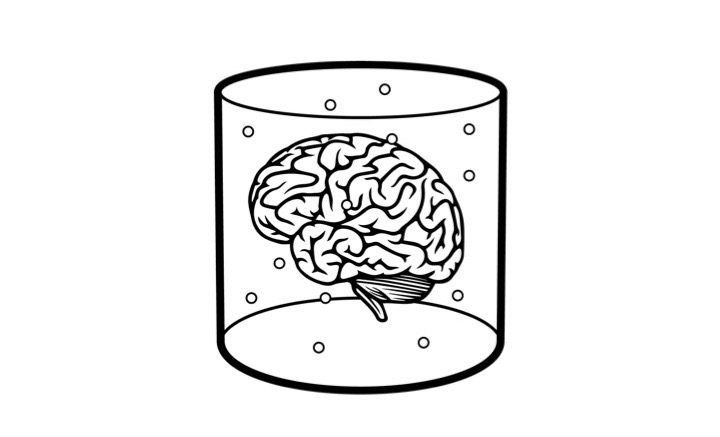
-
Money acts as a distinct way of thinking. Dealing with money requires everybody to think in a form of money. When we deal with money, we have to think its value: in the form of a purely quantifiable unit devoid of any content. The more complex our dealing with money the stronger the impulse to likewise see this in everything around: a pure, empty unit, quantifiable, but without content. As universally as everything is available for money, as universally we apply this way of thinking to everything – even where it is not about any purchase or directly about money in some other way. Contrary to this self-made illusion – we have to learn again about the incomparability of so many things.
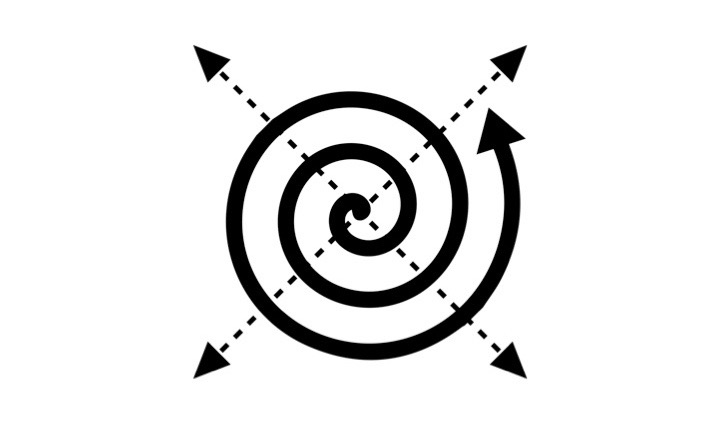
-
Money as capital. To serve as money, money has to become more money. A society, whose whole supply is based on money, lives on the businesses the individuals conduct with money, whether in the production of goods, the trade with these or anything else. Every business and every company relies on making profits: with the money it spends on the production etc., to generate more money in the end. In such a society, this has to be done successfully, not always but most of the time. The money invested has to serve as capital: as money that generates more money; this is the capital function of money.
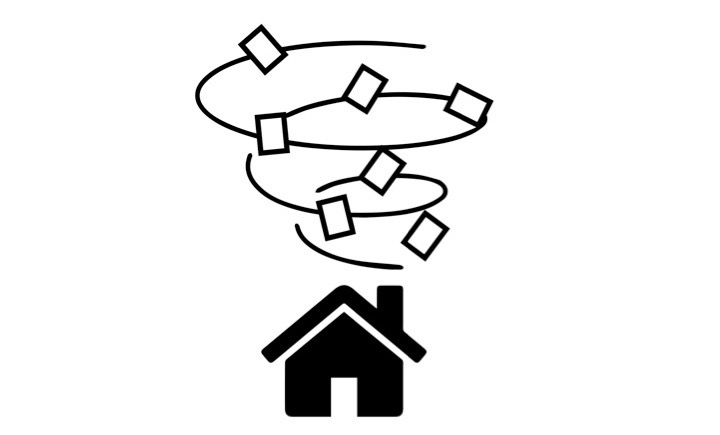
-
Money requires and needs a financial market. To serve the capital function of money, financial instruments are needed. Money needs more added value than is generated by the selling of goods. There is no way the profits generated by the production of goods can meet this steeply rising demand in added value for a very long time. Yet profits expected to be made later can be anticipated in the form of securities today which promise this profit and can be traded as value on their own. In the form of financial instruments, the expectation of a monetary gain itself becomes money. Financial instruments are only worth money through the profit expectation.
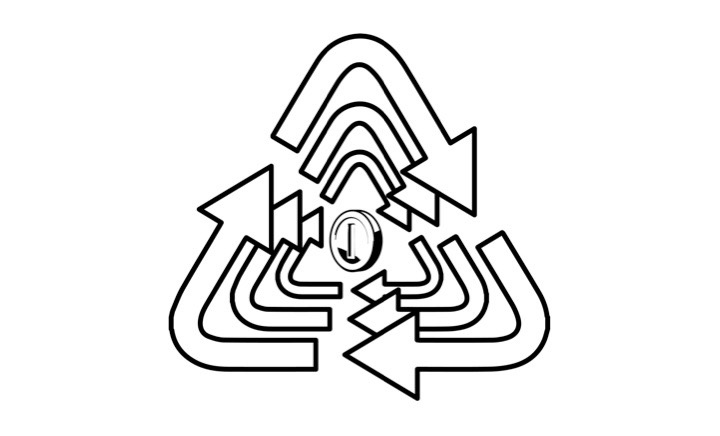
-
Money = credit. Money is created as a credit, and it circulates as a credit. All money is processed through banks – as credits they use, and as credits they grant. States no longer create money with the printing press but by granting the banks credits with the central bank for a certain interest. All monetary assets – except circulating cash – are kept on banks: everybody who has money on an account at the banks lends them money as a credit on which the bank pays interest (in most cases). In the form of credits, they transfer the money upon other subjects engaged in economic activities and demand interest in turn. All money, therefore, is doubly present: as assets of the account owner who “has” money on his account, and as money in the hands of the credit user who can pay and conduct business with it.
Conclusion:
- Our modern money system, better known as market economy or capitalism, has survived every crisis so far. The reason: the twelve characteristics described above form a cohesive, all-encompassing system which is highly resilient.
- Capitalism is a success story, interrupted by periodic crashes. An architect on the Acropolis in ancient Greece received 14 gram of silver. A laborer in Zurich around 1900 received for his ten hours’ workday four times as much, i.e. 60 gram of silver, or two Talers or 10 Francs. Today, those 10 Francs are the minimal wage for one hour work; most receive a multiple of it. Average prosperity has multiplied during the past 100 years.
- In the 21st century, however, the system has reached a limit, and this is revealed by the multitude of crises, i.e. problems which cannot be solved by traditional measures: migration crises, social discontent, land-grabbing, acts of terror.
- The system cannot be cured by measures focusing on individual characteristics only, such as 100% money, gold backing requirement, transaction tax. A cure has to go deeper. The question whether money could be abolished altogether has become unimaginable. But exactly herein lies the key. Our understanding of money has evolved historically and could again be altered - historically.